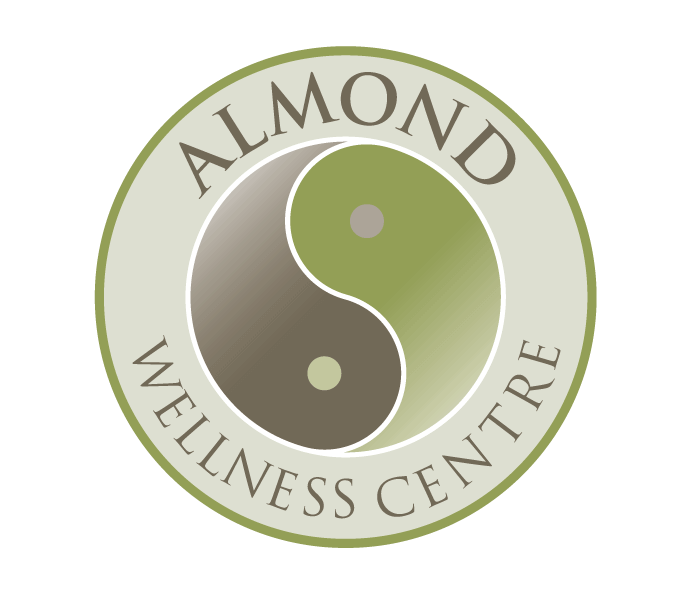Cupping Therapy Melbourne
Cupping therapy at Almond Wellness Centre acupuncture Chinese medicine clinics - detox promote free flow and Qi and blood, reduce swelling stress and painHistory of cupping therapy
Cupping has been used as a therapeutic approach over 5000 years in China. Originally cattle horns are used for such a treatment, therefore Cupping therapy was also called “Horn Therapy”. People use cupping to reduce all sort of pains, relieve some symptoms of cold flu and cough. Cupping therapy also were used to suck blood and pus out for boils, or poison snake bite. Cupping had been used to relieve symptoms of many diseases in other part of the world a few thousand years ago as well. In 1550 BC, people in Egypt were using cupping for bleeding or other diseases as well as preserve health. In Greece, there are still some people use cupping (called “ventouzes”) to treat cold and flu related symptoms (with blood letting afterwards to get toxins out from the body).
Different type of cups
- Bamboo cups
- Pottery cups
- Glass cups
- Plastic/rubber cups
- Electromagnetic cups
- Portable cupping machine
- Cup with squeeze rubber top
- Needle cupping therapy
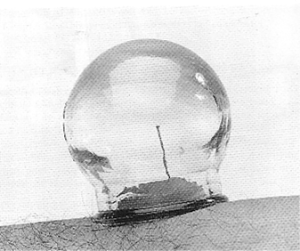
needle cupping – cupping over acupuncture needle
Type of cupping therapy
There are two types of cupping therapy:
- Sliding cupping: oil has applied on the surface of the body. The practitioner will move the cups on the surface.
- Fixed cupping: generally there is no oil used before doing cupping. The cups sucks on the skin on a fixed surface. It will normally stay there for 5 ~ 10 minutes.
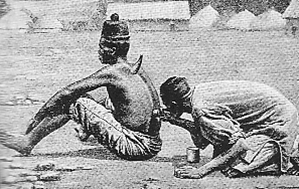
Horn therapy - ancient cupping treatment using cattle horns
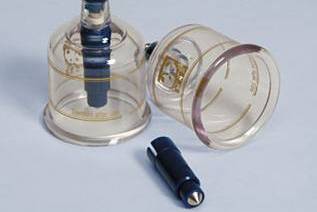
Electromagnetic cups
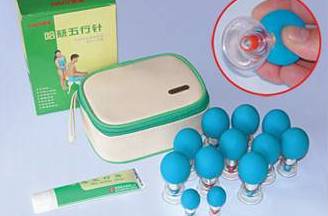
Cups with squeeze rubber top
How does cupping therapy work?
Where there’s stagnation, there will be pain ~ Plain Question
Remove the stagnation, and you remove the pain.
Cupping therapy is based on the principle that the suction created by the cups helps to improve blood flow, release muscle tension, and promote healing. The suction effect lifts the skin, fascia, and muscles, which can stimulate circulation, loosen connective tissue, and encourage the release of toxins.
Benefit of cupping therapy
Cupping therapy stimulate the body’s natural healing mechanisms and support overall well-being. Cupping has been associated with several potential health benefits. While more scientific research is needed to establish conclusive evidence, proponents of cupping believe it may:
- Relieve Pain: Cupping is often used to alleviate musculoskeletal pain, such as back, neck, and joint pain. It is thought to promote blood flow, reduce inflammation, and release muscle tension.
- Aid in Muscle Recovery: Athletes and individuals seeking post-workout recovery may find cupping beneficial. It can help reduce muscle soreness, improve flexibility, and enhance muscle recovery.
- Promote Relaxation: Cupping therapy is known for inducing a sense of relaxation and reducing stress levels. The therapy’s soothing effects may have a positive impact on overall mental well-being.
For more check: 3 Benefits of Cupping Therapy Backed by Research.
What should you expect after cupping therapy?
Following a cupping session, it is common to experience temporary marks on the skin. These marks range from light redness to dark circles or bruises. The intensity of the marks depends on the intensity of the treatment, individual skin characteristics, and the specific cupping technique employed. The marks typically fade within a few days to a week. It is important to keep the cupped areas clean, moisturised, and protected from excessive sunlight during the healing process.
What are the dark circles from cupping therapy?
The dark circles or discolouration that occurs after cupping are known as “cupping marks” or “Sha.” These marks are a result of the suction created by the cups, which draws blood and other bodily fluids to the surface of the skin. Cupping marks are typically painless and harmless, indicating increased blood circulation in the treated areas. Over time, they will gradually fade as the body’s natural healing processes take place.
Does cupping therapy cause side effects?
Cupping therapy is generally considered safe when performed by a qualified practitioner. Some individuals may experience mild discomfort during the treatment, and there is a slight risk of skin irritation, burns, or infection if cupping is not performed correctly. People with certain medical conditions, such as haemophilia, skin ulcers, or active infections, should avoid cupping.
Who should try cupping therapy, and who should avoid it?
Cupping therapy may be suitable for individuals seeking natural and holistic approaches to health and wellness. Those who may benefit from cupping include individuals with chronic pain, athletes looking to enhance recovery, and those seeking stress relief. People with certain medical conditions, such as bleeding disorders, skin conditions, or during the early stage of pregnancy, should avoid cupping on certain area or seek health practitioner’s advice before proceeding.
Cupping therapy at Almond Wellness Centre
Almond Wellness Centre located in Coburg and Ringwood in Melbourne, is a multidisciplinary clinic dedicated to promoting wellness. At our clinics, we emphasise the importance of comprehensive healthcare that considers the entirety of an individual. Our approach involves treating each person as a unique individual, taking into account their lifestyle, diet, environment, emotions, and attitude.
We provide cupping therapy for pains and injuries, stress anxiety relief.
Cupping therapy fees
Cupping therapy only: $80 – 20 minutes
Cupping with acupuncture: $115 per session – 45 minutes
(* Price from 1st March 2023. Subject to change without notice.)
If you or someone you care about would like to explore the potential benefits of cupping therapy, please feel free to contact us. Our fully qualified registered acupuncture Chinese medicine practitioners in both Coburg clinic and Ringwood clinic are here to help.
